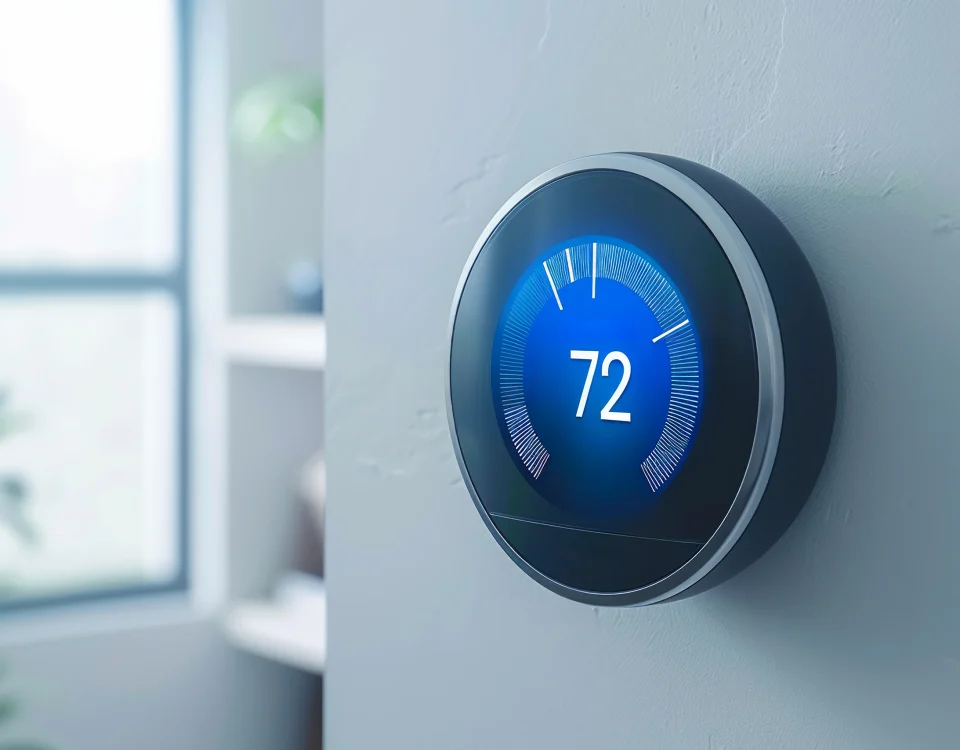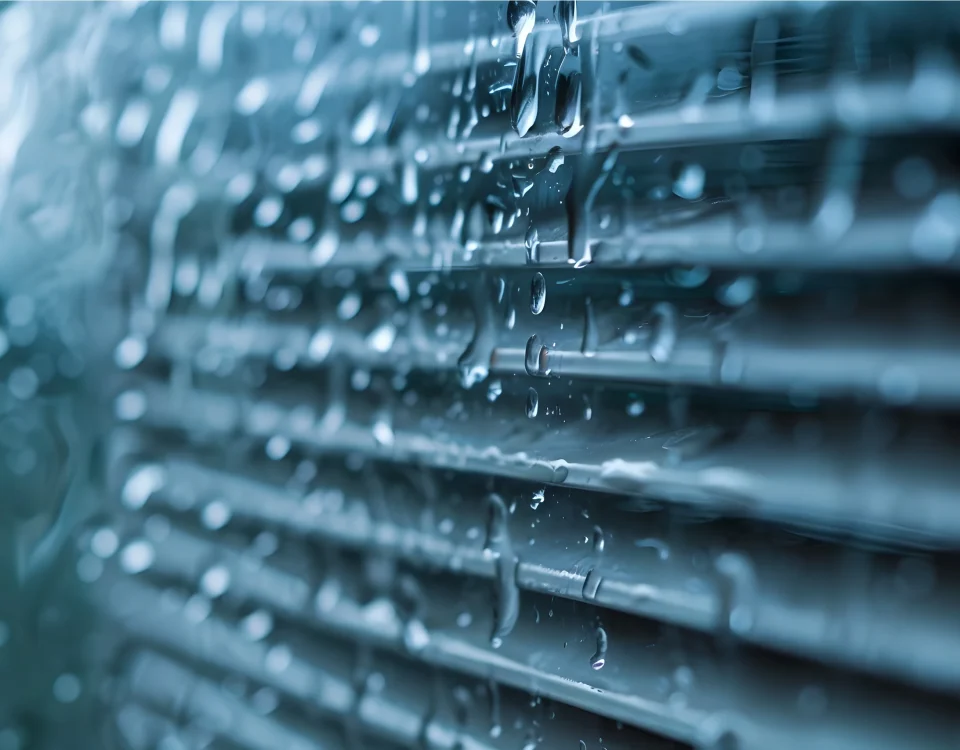Five Things to Consider While Buying a Fireplace
Are you looking to add a cozy touch to your newly renovated or existing home? Or do you want to add a backdrop to create memories with your family and friends? Consider buying a new fireplace that will heat your room on chilly nights and create a warm, welcoming atmosphere in your home.
However, a fireplace is a significant addition to any home, and choosing the right fireplace for your home requires some important considerations.
Here are five things to consider before adding a fireplace to your home.
Fireplace Budget
The price point for getting a new fireplace varies a lot. You can choose anything from the most basic units to the most luxurious/premium units.
Your budget should not only account for the upfront installation cost but it should also cover future costs such as maintenance and operating costs of the fireplace.
Gas fireplaces are comparatively cheaper and easier to install than wood fireplaces.
Fireplace Fuel Type
Now that you’ve decided on a budget, it’s time to explore which fuel type is best for your home.
1. Gas Fireplace
For a gas fireplace, you can use either liquid propane or natural gas. If you‘ve got a chimney, you can use a vented gas fireplace otherwise you can go for the ventless gas fireplace option.
The installation of a gas fireplace requires professional assistance. But gas fireplaces are fairly efficient, and the heat is easy to turn on and off, plus you get to enjoy the look of real flames.
Furthermore, gas fireplaces heat up instantly with the press of a button.
2. Wood Fireplace
If you want the most classic fireplace option and the possibility of lowering your heating bill, then a wood fireplace is the best option.
A wood fireplace provides the traditional look when it comes to the smell, look and sound of a fireplace, but it comes with a cost.
It requires a traditional chimney and lots of maintenance. You will have to get your wood fireplace professionally cleaned and regularly maintained, which means spending far more in the long run than just the upfront installation cost.
Wood fireplaces take quite some time to heat up the place and are not as convenient on a chilly morning.
Fireplace Mounting Options
Once, you’ve made up your mind about the type of fireplace you want to install in your home, it’s time to take a look at the mounting options.
Fireplaces can be mounted in a variety of ways depending on the appearance and functionality you prefer. Below are some of the common mounting options for a fireplace:
1. Wall-Mounted Fireplace:
A wall-mounted fireplace can sit inside the wall or look more traditional with a mantel surrounding it.
If your home has a chimney, you can connect your wall-mounted fireplace to it for easy ventilation.
2. Free-Standing Fireplace:
A free-standing fireplace is the easiest type to install since it requires little or no construction.
These fireplaces come in many styles and can be attached to a wall or completely free-standing depending on the fuel type. Crystal can help you find free-standing fireplaces in a wide range of sizes and styles to suit your space.
3. Built-In Fireplace Insert:
A fireplace insert can be added into an existing fireplace or an empty cabinet via hard-wiring or plug-in power.
If you want to convert a wood-burning fireplace to a gas fireplace, this is the easiest solution.
Fireplace Maintenance Cost
If you are looking for a fireplace with “no mess” or “no fuss” maintenance, then a vent-free gas fireplace is the best option for you. A vent-free gas fireplace requires very little maintenance, as they produce no ash.
Vented gas and wood fireplaces, on the other hand, require a significant amount of cleaning and regular maintenance to keep them functioning efficiently. Both wood and vented gas fireplaces produce residue and require regular sweeping to remove creosote and carbon buildup.
If you do not want to clean up the residue and want to save on the maintenance cost, then a vent-free gas fireplace is perfect for you. On the contrary, if you don’t mind cleaning up the residue and/or regularly maintaining your fireplace, then go for a vented gas or wood fireplace.
Gas fireplaces produce fewer pollutants than wood fireplaces making gas fireplaces a much safer choice for your home.
The Efficiency of a Fireplace
Now that you’ve considered important factors like the mounting of a fireplace and installation costs with your new fireplace; one thing you don’t want to ignore is their heating efficiency. The efficiency of a fireplace is an important factor to consider if you are looking to save on your heating bills.
The more efficient your fireplace is, the smaller your environmental footprint will be and less fuel will be consumed to provide sufficient heating.
The new direct vent gas fireplaces are closed and insulated, therefore, they lose significantly less heat up the chimney compared to old style wood fireplaces.
–—
Do you still have questions about making the right choice when it comes to deciding on a fireplace for your home? Contact Crystal Heating & Cooling for a representative who can help you select the best fireplace for your home based on your needs.






